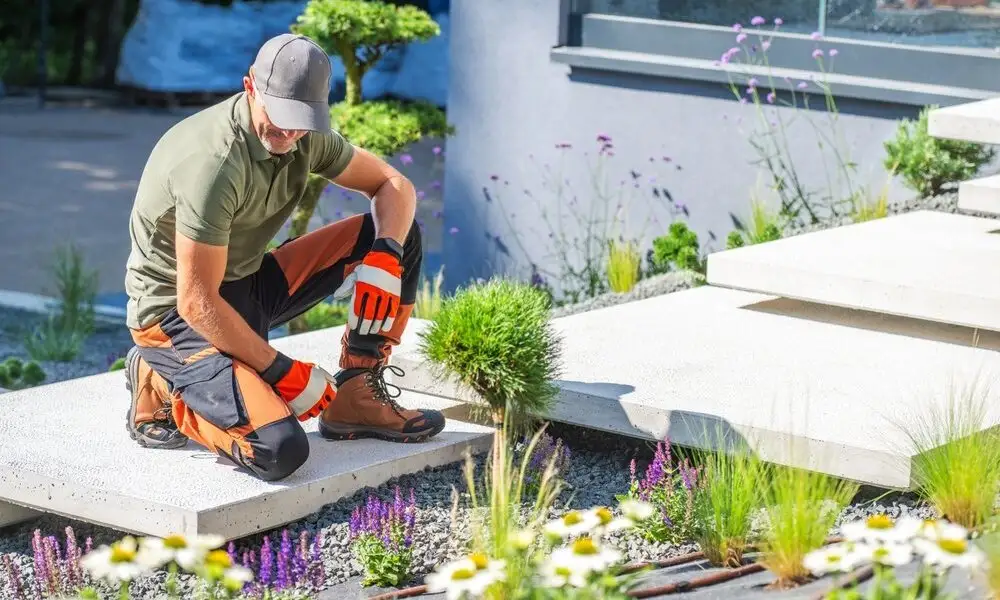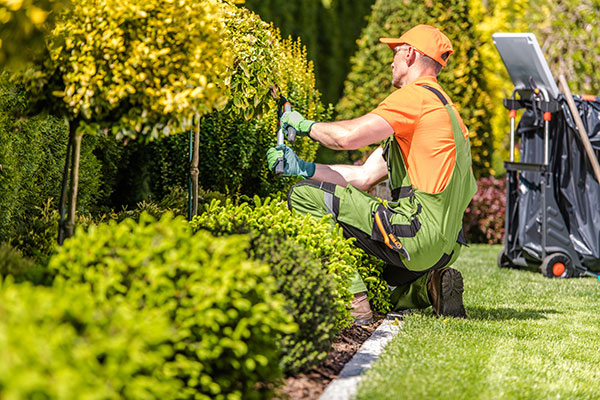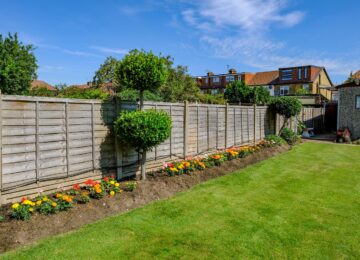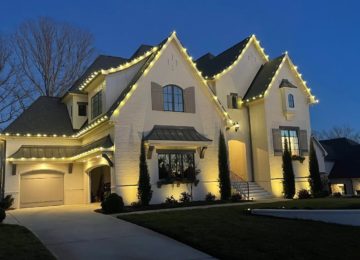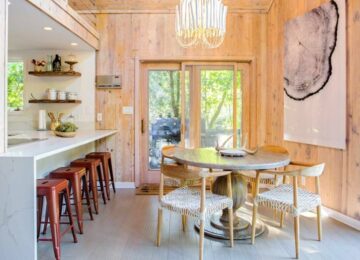Selecting the right landscape contractor in Singapore has become one of the most consequential decisions for property owners in this garden city, where the boundaries between natural and built environments increasingly blur in ways that profoundly influence both ecological sustainability and human wellbeing.
The Philosophical Shift
For most of human history, our relationship with nature followed a predictable pattern: we cleared it, conquered it, and eventually attempted to recreate it in carefully controlled forms. Singapore’s landscape evolution reflects this universal narrative but with a distinctive acceleration that compresses millennia of environmental philosophy into mere decades.
The city-state’s transformation from colonial outpost to concrete jungle to “city in a garden” represents not merely aesthetic evolution but a fundamental rethinking of humanity’s relationship with the natural world in urban contexts.
“The most successful landscape interventions today no longer mimic nature—they actively participate in ecological systems,” observes a veteran landscape specialist who has witnessed Singapore’s green revolution firsthand. “We’re moving beyond decorative greenery toward functional ecosystems that happen to be beautiful.”
This shift reflects a deeper reconceptualization of urban landscapes as critical infrastructure rather than mere decoration—a profound transition that carries implications far beyond aesthetic concerns.
The Biodiversity Imperative
While early landscaping approaches prioritized visual uniformity and ease of maintenance, contemporary landscape design in Singapore increasingly focuses on biodiversity metrics as primary success indicators:
- Native plant species now comprise over 60% of new installations in leading projects
- Microhabitat creation has become standard practice rather than exception
- Butterfly gardens and insect hotels feature prominently in residential developments
- Soil health and mycorrhizal networks receive attention previously reserved for visible elements
“When evaluating landscape contractors, the most sophisticated clients now request biodiversity impact assessments alongside traditional maintenance plans,” notes an industry observer tracking Singapore’s green evolution. “The question has shifted from ‘How will it look?’ to ‘What life will it support?'”
This evolution represents more than ecological fashion—it signals recognition that functioning ecosystems deliver tangible benefits beyond aesthetics, from temperature moderation to psychological well-being.
The Technological Integration
The convergence of digital technology with landscape management has transformed a traditionally labour-intensive industry into a domain of sophisticated systems integration:
- IoT-enabled irrigation systems now respond to actual soil moisture rather than fixed schedules
- Digital twin technology allows predictive maintenance of complex landscapes
- Drone surveys enable precise monitoring of plant health across large installations
- Augmented reality increasingly facilitates design visualization before implementation
These technological capabilities have created clear differentiation between forward-thinking landscape contractors and those relying on traditional approaches, with significant implications for long-term project outcomes.
The Water Relationship
Singapore’s complex relationship with water—simultaneously abundant through rainfall yet scarce through limited catchment—has catalyzed landscape innovations that transform water management from an engineering challenge to design opportunity:
- Rain gardens now feature in over 70% of new residential developments
- Bioswales increasingly replace conventional drainage in both public and private projects
- Permeable paving has evolved from novelty to standard practice
- Water retention landscapes serve dual functions as recreational amenities
“The most sophisticated landscape contractors no longer think of drainage as waste removal—they approach it as resource management,” explains a specialist in sustainable landscape systems. “This philosophical shift has profound implications for both project design and long-term sustainability.”
This evolution reflects the growing recognition that landscapes function as critical components of urban water infrastructure, not merely as passive surfaces between buildings.
The Vertical Dimension
Perhaps no aspect of Singapore’s landscape evolution better exemplifies its distinctive approach than the aggressive exploration of vertical greening—a necessity born of spatial constraints that have evolved into a defining characteristic of the urban environment:
- Vertical green walls now cover over 200,000 square meters of Singapore’s buildings
- Rooftop gardens have transformed from luxury to regulatory requirement in many zones
- Sky bridges increasingly feature as green connectors between structures
- Multi-story forest installations create microclimatic benefits beyond aesthetic value
This vertical expansion represents both a practical adaptation to density and a philosophical statement about the potential for harmonious coexistence between constructed and natural systems.
The Climate Resilience Factor
As climate concerns intensify, landscape design has evolved from purely aesthetic consideration to a critical component of urban resilience strategy:
- Heat island mitigation through strategic canopy placement now dictates tree selection
- Storm surge buffer zones feature prominently in coastal development planning
- Drought-resistant plant palettes increasingly replace water-intensive traditional selections
- Carbon sequestration potential factors into species selection for major installations
“The most forward-thinking clients now request climate resilience assessments as standard components of landscape proposals,” notes an industry veteran with decades of experience in Singapore’s evolving market. “This represents a fundamental shift in how landscape value is conceptualized and measured.”
The Human Experience
Despite technological and ecological complexity, the most successful landscape interventions ultimately succeed or fail based on human experience—how spaces feel, function, and foster connection:
- Biophilic design principles increasingly inform spatial organization
- Sensory diversity—beyond visual elements to include sound, scent, and texture—has become a priority
- Contemplative spaces feature prominently alongside active recreational areas
- Indigenous cultural references increasingly inform design language and plant selection
This human-centred approach recognizes that landscapes serve not merely as ecological systems or aesthetic statements but as contexts for human experience, memory formation, and community building.
Conclusion
The evolution of landscape design in Singapore offers a microcosm of humanity’s changing relationship with the natural world—from conquest to coexistence, from decoration to integration, from luxury to necessity. As climate realities intensify and urban density increases, the role of landscape systems will only grow in importance, transforming from a peripheral concern to a central infrastructure.
For property owners navigating this complex terrain, the selection of partners capable of navigating these intersecting technical, ecological, and human dimensions has never been more consequential—requiring careful evaluation not merely of horticultural knowledge but of philosophical alignment with emerging understandings of what landscapes must accomplish in our rapidly changing urban reality, highlighting the increasingly strategic importance of selecting the right landscape contractor in Singapore.

